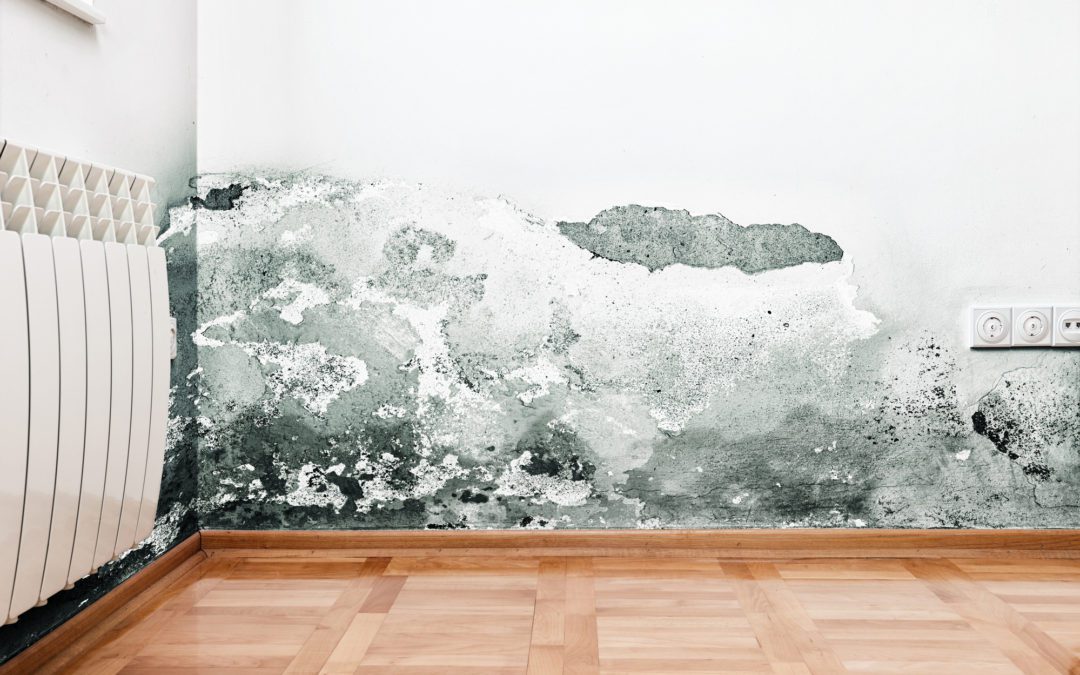When most people think about air conditioning in their homes, they think of what it’s doing to cool the air. However, AC units also play an important role in removing humidity from the air to create an all-around more comfortable interior environment. Humidity in the home is impossible to eliminate entirely—especially in higher humidity parts of the country, such as the southeastern United States. However, a well-maintained and reliable AC unit—perhaps paired with a dehumidifier appliance of some sort—will do wonders to minimize humidity levels at home.
Keeping in-home humidity levels under control isn’t just important because of comfort, either. High humidity levels, both inside and outside of the home, can pose risks to your health and wellbeing. Maintaining healthy humidity levels in your home can stave off everything from heat exhaustion to mold growth to pest problems. The question is, what is the right humidity level to maintain in your home?
Understanding the Potential Health Implications of High Humidity in the Home
Humidity is defined as the concentration of water vapor in the air. A high-humidity area is more damp, moist, and wet, than a low-humidity area. Moisture in the air is not necessarily a bad thing. Think about the winter months, particularly in colder parts of the country. In these areas, furnaces or other heating systems need to run consistently to maintain a comfortable, safe, and warm interior environment. In homes, businesses, schools, or other buildings that rely on forced-air heating, though, this process strips all the moisture from the air, which can have noticeable drying effects on the human body. There is a reason that dry skin, cracking and painful fingers, dry throat, and bloody noses tend to be more common in the winter: they are all issues associated with dry air.
So, if your question is something along the lines of “Is high humidity bad for my health?”, the answer is “Not all the time.” That answer is particularly notable during the era of coronavirus. In 2009, researchers at the University of Oregon determined that the survival rate of the normal influenza virus was a product of humidity. Less moisture in the air helps the flu virus survive for longer—whether on surfaces or as droplets in the air itself—which in turn increases the risk of someone contracting the flu virus. These findings have come back into the conversation this year, as scientists have questioned the potential link between COVID-19 and humidity. Studies have shown that coronaviruses struggle to survive in warmer and more humid conditions, but thrive in colder, lower humidity situations. These studies provide a compelling argument for embracing humidity in the home, especially as we move into another flu season while still during a global pandemic. The CDC has already confirmed that someone can have COVID-19 and the common seasonal flu at the same time, which could heighten the severity of illness.
However, before you start cranking up the humidity in your home to fight COVID-19 and the flu, it’s important to understand the other health complications that relate back to a home’s humidity level. One worry is heat exhaustion: high humidity makes it more difficult for your body to self-regulate its temperature through sweat. The moisture in the air makes it harder for heat to evaporate off your body, which can increase the chances of heat exhaustion. This problem, of course, tends to be a bigger problem in hot, humid parts of the country—normally during the summertime.
A more universal risk is mold and mildew growth. Mold and other fungi need moisture to thrive and grow. When they have it—whether because of a flooded basement or a moldy house—they will grow more quickly and release more spores into the air, in turn affecting home air quality. Mold exposure often aggravates allergies or asthma, but can cause respiratory issues even in people with no allergies and no history of asthma. Severe mold growth can even compromise the structural integrity of your home.
There are other risks of high humidity, too. Moisture in the air must settle somewhere, whether that’s in your carpets, in your mattress, or on your other furniture. These buildups of moisture provide an optimal breeding ground for dust mites which, much like mold, affect air quality, aggravate allergies and asthma, and have negative impacts on overall respiratory health.
Finding the Ideal Healthy Humidity Levels for Your Home
So, what is the optimal humidity level for your home—considering both the health risks of high humidity and the potential benefits that humidity can bring for killing viruses? Ultimately, the best solution is a sweet spot somewhere between low and high. Most experts say that home humidity levels should be somewhere between 25 percent and 60 percent. Higher than 60 percent and you enter optimal conditions for mold growth. Lower than 25 percent and you give yourself over to the drying effects of interior conditions with no moisture in the air—not to mention the potential link between COVID-19 and humidity. Ideally, the EPA says the humidity in a home should be in the 30-50 percent range. Contact your HVAC contractor if you need help determining your home’s humidity levels, or if you have questions about duct cleaning or other solutions to existing mold issues in your home.

